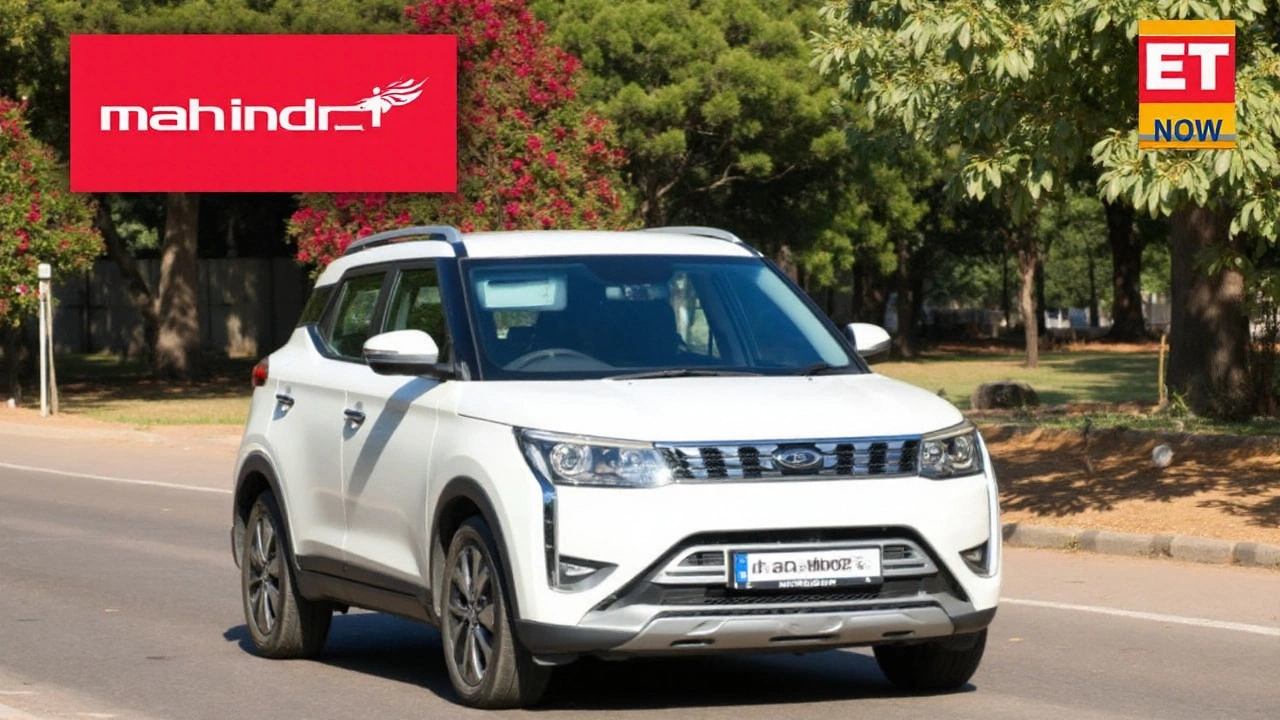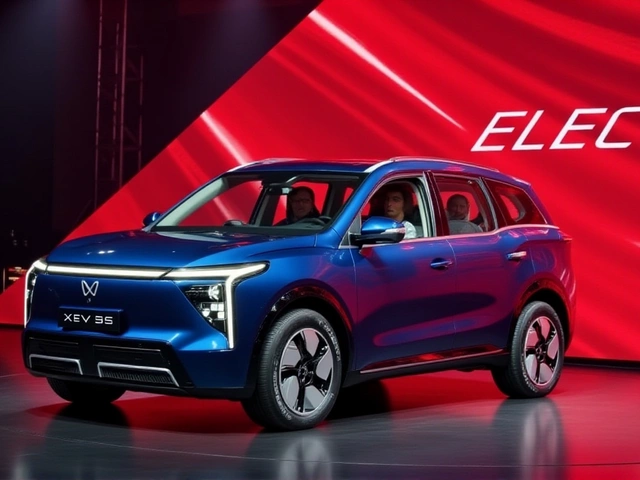The EV everyone’s checking out, but the discount details are missing
Let’s unpack what you do know first. The 39.4 kWh pack is squarely in the mainstream EV bracket for urban and intercity use. The 456 km figure is a certified claim under controlled testing; real-world range varies with traffic, driving style, passengers, AC use, tire pressure, and outside temperatures. Expect city-heavy driving to return higher range than highway cruising, since EVs recover more energy under braking in stop-start conditions.
The 148 bhp and 310 Nm figures suggest brisk response off the line—typical EV torque delivery means quick city gaps without fuss. If you’re moving up from a petrol compact SUV, the quiet cabin and instant throttle will feel like a big step up in day-to-day use. Do a back-to-back test drive at low speeds and on a short highway stretch to judge ride comfort and wind noise; EVs are quiet, so road and tire noise become more noticeable.
Charging is where the ownership experience can vary a lot. The XUV400 supports both AC home charging and public DC fast charging. Home charging is the stress-free option—plug in overnight and start each day topped up. Public DC chargers are useful for quick top-ups on busy days or road trips. Charging time depends on the charger’s output: higher kW means faster replenishment, while smaller neighborhood chargers take longer. If your apartment or society allows only shared access, ask the dealer about installation support and what paperwork your RWA might require.
Before we get to discounts, think through daily use. If you do 40–60 km a day, you’ll likely charge just a couple of times a week. If your commute is 80–120 km round trip, you’ll want reliable charging at home or at work. Also check the car’s energy consumption display during the test drive. It’s an easy way to estimate your real running costs compared to petrol or diesel.
Why discount info is scarce—and how to actually find a deal
Manufacturers keep specs public and permanent; discounts are fluid. They depend on city-level stock, month-end targets, festival timing, model-year transitions, and dealer incentives. That’s why search results often miss them. The only reliable way to confirm a deal is to get multiple on-road quotes from different outlets—same city, same trim, same financing assumptions.
Here’s a practical playbook that works in the EV market:
- Call three dealerships: Ask for a written on-road quote with ex-showroom, RTO, insurance, handling, accessories, and any “mandatory kits” listed line by line. If something looks bundled, ask to remove it.
- Check for dealer-led offers: Exchange bonuses, corporate tie-ups, or loyalty benefits (if you already own a Mahindra) are often available but not advertised.
- Ask about finance schemes: Lower headline EMIs can hide higher interest. Compare total payout, not just monthly numbers. Also check if the scheme includes add-ons like extended warranty or service packs.
- Look at end-of-month timing: Targets drive flexibility. The last 5–7 days of a month (and quarter-end) are typically when dealers sharpen pencils.
- Negotiate accessories smartly: Floor mats and basic add-ons are small wins; try for bigger items like a home charger subsidy, insurance discount, or extended warranty coverage.
Government incentives can move the needle, but they vary by state and change over time. Some states offer EV registration fee waivers or road tax relief, while others run limited-time subsidies through transport departments. The safest route is to call your local RTO or check the state transport portal and confirm what applies to your pin code today. Treat central and state benefits as separate layers; if one ends, the other might still apply.
Don’t ignore the on-road build-up. For EVs, insurance quotes can differ a lot across providers. Ask the dealer to match an outside quote if you find a better premium. Also verify what the battery warranty covers—years, mileage cap, and the minimum state-of-health threshold that triggers a replacement. Battery coverage is the single most important line item for long-term peace of mind.
Compare rivals, but use the same yardstick. Look at certified range versus expected daily use, AC versus DC charging convenience in your area, and service access. Popular alternatives in this segment include city-focused electric SUVs from well-known Indian and global brands. If a rival shows a lower sticker price but lacks fast-charging access near you, the real-world ownership cost could end up higher in time and fuel.
Before signing, do a pre-delivery inspection in daylight. Confirm software version, charging cable condition, tire manufacture dates, panel alignment, and that you receive all promised accessories. Ask the service advisor to show you the charging settings on the infotainment screen—scheduled charging, charge limits, and battery care modes. Take a short drive to ensure there are no warning lights and that regen levels suit your driving style.
Bottom line on the “missing discounts” issue: the absence of online offers doesn’t mean deals aren’t there. They’re just local, short-lived, and tied to inventory. If you gather three comparable quotes, time your purchase near month-end, and verify state benefits, you’ll know exactly what’s on the table for the Mahindra XUV400 EV in your city—without relying on incomplete search results.





